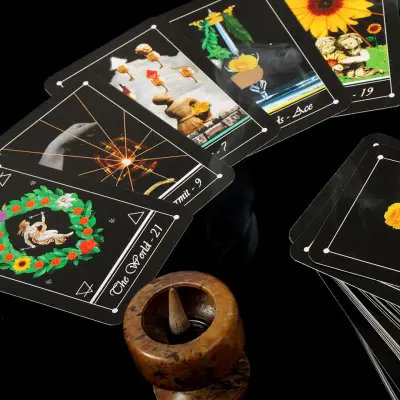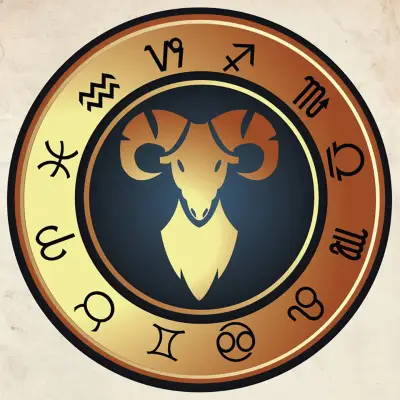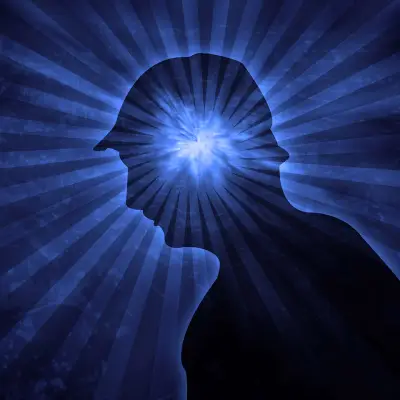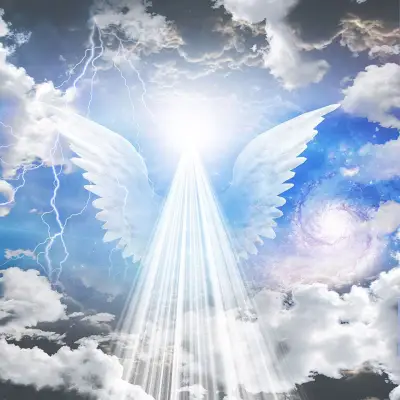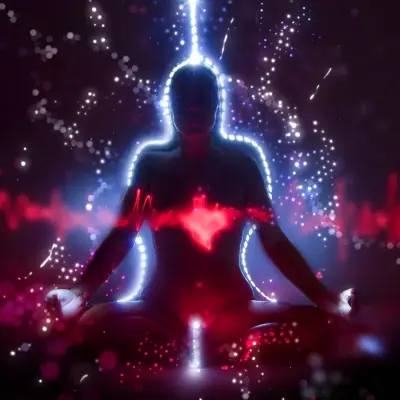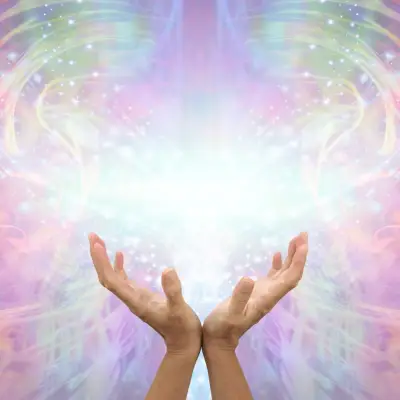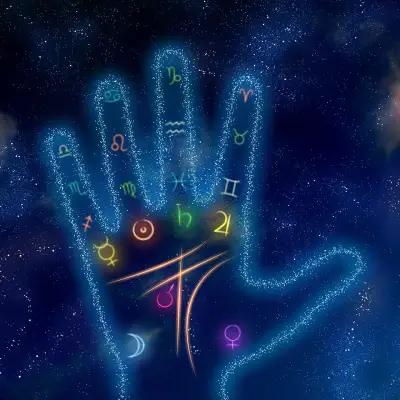Witch hunting: a term that evokes images of fear, persecution, and the dark corridors of history. It's a phenomenon that has been both mystified and misunderstood. But what really lies behind the history of witches? How did witch trials unfold across different parts of the world, and what lessons can we learn from this turbulent chapter of human history?
Jump to:
Were Witches Real?
The concept of a 'witch' has evolved over time and varies across cultures. In many ancient and medieval societies, those who practised what we might now call folk magic and herbalism or held pagan beliefs were often labelled as witches. However, the common portrayal of witches as malicious, supernatural beings is more a product of societal fears, religious beliefs, and folklore than an accurate representation of these individuals.
Misconceptions About Witchcraft
A significant aspect of the witch hunts was the gross misunderstanding and misrepresentation of folk practices. Many of those accused and persecuted for witchcraft were individuals with knowledge of herbal medicine and midwifery, or those who simply did not conform to the societal norms of the time. Their skills in healing, midwifery, or even their eccentric behaviour, were misconstrued as evidence of witchcraft.
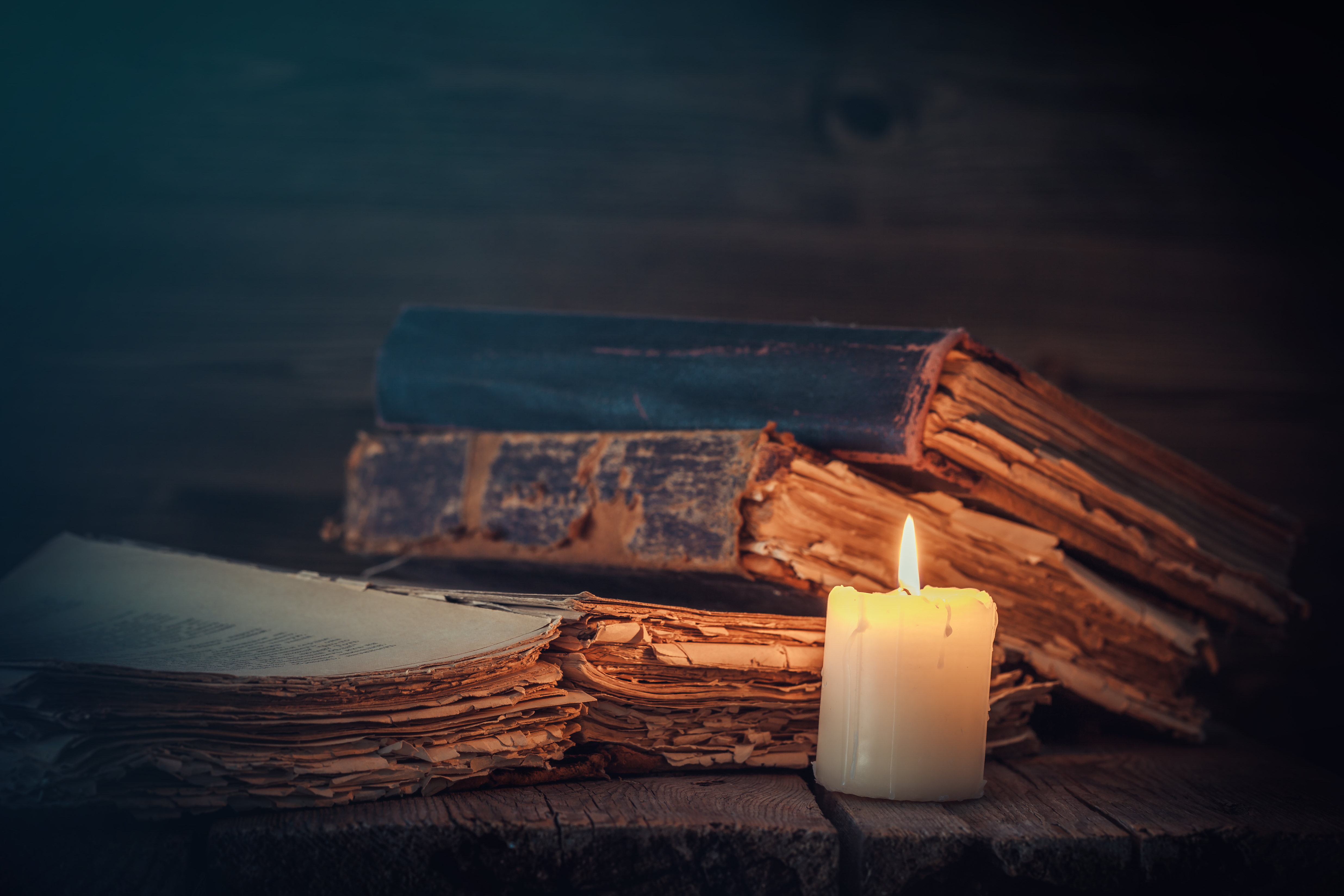
Where Did Witches Originate?
The concept of witches, those who practised sorcery or engaged with the supernatural, finds its roots in ancient cultures. Across different civilisations, there have been records of individuals believed to have special powers or connections with the spiritual realm. These figures, sometimes revered, sometimes feared, were seen as mediators between the human and the mystical worlds. They played various roles, from healers and wise women to feared sorcerers.
Early Accusations
- Sporadic and Superstitious: Initially, accusations of witchcraft were not widespread. They were sporadic, localised, and deeply intertwined with the superstitions of the time.
- Cultural Differences: In some cultures, what we would now term 'witchcraft' was an accepted and integral part of society. In others, it was met with suspicion and fear.
- Scapegoating: Accusations of witchcraft often explained away misfortunes such as illnesses, crop failures, or natural disasters. Those accused were often outsiders or non-conformists, making them easy targets for communal frustration and fear.
Church Influence
- The Rise of Christianity: As Christianity began to spread across Europe, it brought a new perspective on witches and sorcery. The Church's teachings often clashed with indigenous beliefs and practices, which included the traditional roles of healers and wise women.
- Witches as Heretics: The Church started viewing witches not just as practitioners of ancient rites but as heretics and devil worshippers. This was a significant shift from earlier perceptions.
- Canon Episcopi: Around the 10th century, the Church document Canon Episcopi declared that belief in the existence and operation of witchcraft was heretical. However, this stance was not uniformly enforced and varied across different regions.
- Malleus Maleficarum: By the late medieval period, especially with the publication of the 'Malleus Maleficarum' (The Hammer of Witches) in 1487, the Church's stance hardened. This infamous treatise argued vehemently for the reality of witchcraft and provided a guide on how to identify, interrogate, and punish witches.
Gender Bias and Persecution
- Women Accused: A considerable number of the accused were women. This gender bias reflects the societal norms and attitudes towards women during those times. Women who were independent, outspoken, widowed, or otherwise did not fit the traditional roles expected of them were often targets of witchcraft accusations.
Socio-Political Factors
- Manipulation and Control: Beyond gender, socio-political factors also played a role in these accusations. Witch hunts were sometimes used to settle personal vendettas, confiscate property, or remove socially undesirable individuals. The label of 'witch' became a convenient tool for social control and manipulation.
When Did the Witch Trials Begin?
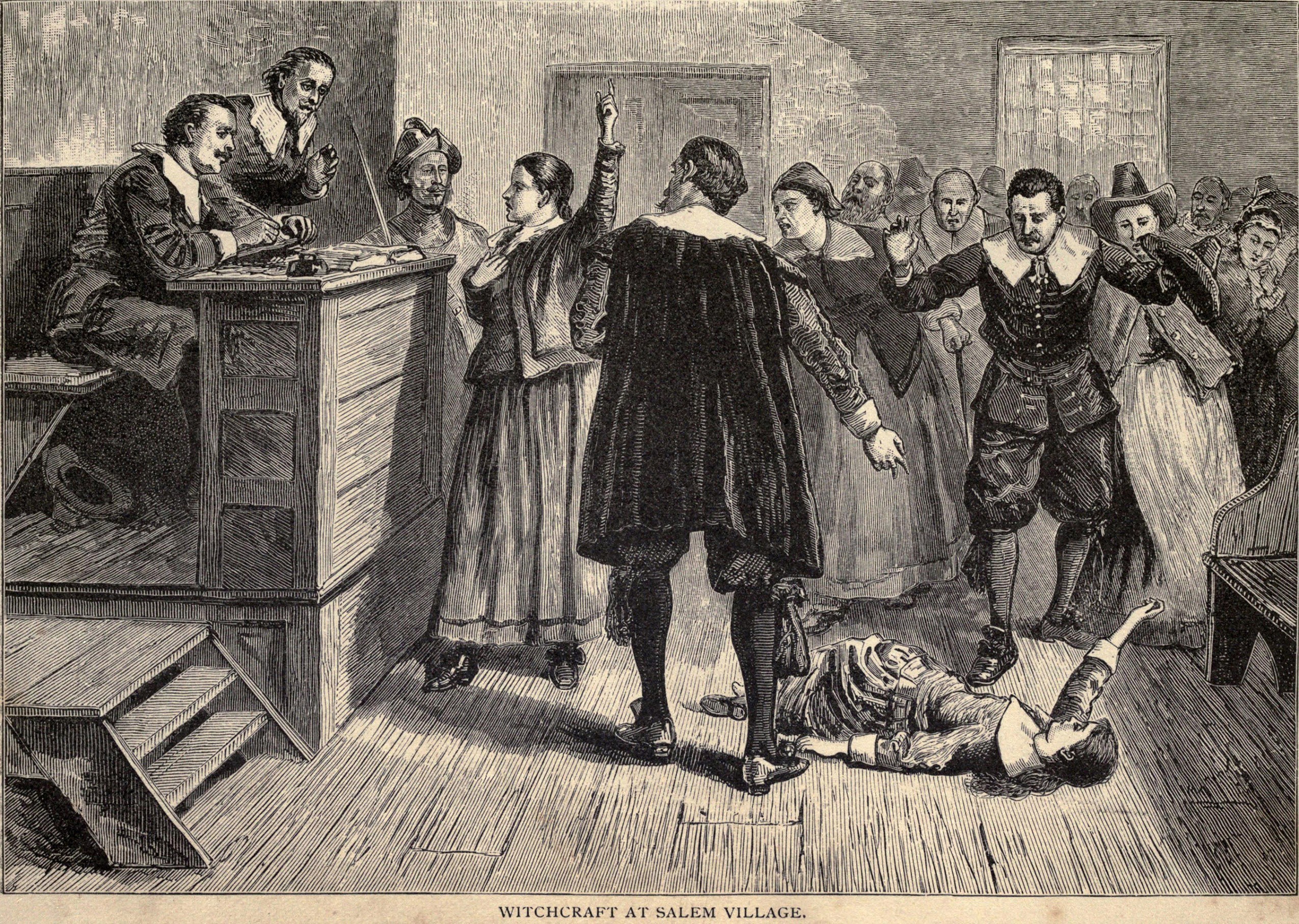
The most infamous period of witch-hunting occurred between the 15th and 18th centuries. This was a time when fear of the supernatural ran high, and societies sought to find and punish those they believed were witches.
Where Did Witch Hunts Originally Begin?
The earliest recorded witch hunts originated in Europe during the medieval period. The first systematic European witch-hunt is documented to have begun in 1428 in Valais, Switzerland. This initial witch-hunt, marking a significant escalation in the persecution of alleged witches, continued for eight years. It tragically resulted in the execution of 367 people.
To be condemned during this period, individuals often faced accusations from multiple neighbours, typically at least three, affirming their alleged involvement in witchcraft. This event set a precedent for the many witch trials that followed throughout Europe, impacting legal and social attitudes towards witchcraft.
Recommended for you!
Best SellersWitch Trials in England: A Notable Chapter in the Dark Saga
The witch trials in England form an integral part of the broader European witch hunts. They reached their peak between the late 16th and early 17th centuries, a period marked by social, political, and religious turmoil.
Famous Cases: Pendle and Bury St Edmunds
- Pendle Witch Trials of 1612: One of the most famous witch hunts in English history, the Pendle Witch Trials occurred in Lancashire. The trial centred around the Demdike and Chattox families, who were accused of witchcraft, murder, and making pacts with the devil. The evidence was largely based on the testimonies of a nine-year-old girl, Jennet Device. Out of the twelve accused, ten were found guilty and hanged. This trial is notorious for its reliance on child testimony and the mass execution that followed.
- Bury St Edmunds Witch Trials of 1645: Conducted during the height of England's Civil War, these trials are infamous for the involvement of Matthew Hopkins, self-proclaimed 'Witchfinder General'. Hopkins was pivotal in the persecution of alleged witches in East Anglia. During the Bury St Edmunds trial, about 18 people were executed in a single day, marking it as one of the deadliest witch trials in English history.
Numbers: The Scale of Persecution
- Estimations and Records: It is estimated that approximately 500 people were executed for witchcraft in England during this era. This number, while significant, is relatively lower compared to the witch hunts in some other European countries.
- Regional Variations: The intensity of the witch hunts varied significantly across different regions of England. Areas like Essex and Lancashire saw more intense activity, while other regions had fewer trials.
The Social and Legal Context
- Witchcraft Acts: The witch trials were legally sanctioned by acts such as the Witchcraft Act of 1563 and the Witchcraft Act of 1604, which defined witchcraft as a crime punishable by death.
- Fear and Superstition: The trials were fuelled by superstition, fear of the unknown, and social tensions. The tumultuous period of the Reformation and the Civil War contributed to a climate of fear and suspicion.
- Role of the Church: The Church of England played a complex role in the witch trials. While some clergymen were ardent supporters of the hunts, others voiced scepticism and concern over the validity of the accusations and the trial methods.
Salem Witch Trials: A Global Symbol
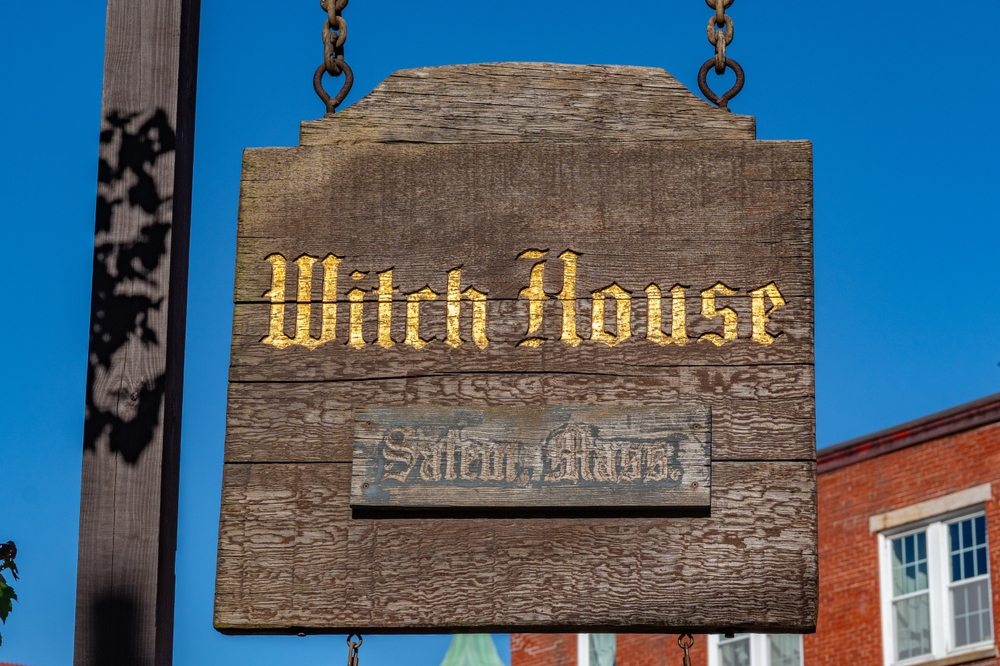
The Salem witch trials of 1692 in Massachusetts, USA, are a notorious chapter in history, symbolising the dangers of mass hysteria and miscarriages of justice. Initiated by claims of possession by a group of young girls, these trials quickly spiralled into widespread hysteria, leading to over 200 accusations and 20 executions.
These trials targeted not just women but also men, challenging the typical stereotype of witches. They were part of a broader series of witch hunts in New England, reflecting the intense fear and paranoia of the time.
Modern Witches and Perception Shift
In recent years, there's been a shift in how we view 'witches'. Modern witches often embrace the term as part of spiritual practices honouring nature and ancestral traditions.
- Wicca: This is a modern Pagan religion that incorporates witch-like practices. It's peaceful and nature-focused.
- Cultural Shift: Today, witches are often seen as symbols of empowerment and rebellion against societal norms.
Learn With Centre of Excellence
Are you intrigued by the history of witch trials and want to delve deeper into this fascinating subject? Explore the history, impact, and legacy of witch trials across the globe with our Witch Trials Diploma Course.
- Special Offer: For a limited time, this enlightening course is available for just £29.
- Empower Your Understanding: Join our global community of learners and empower yourself with knowledge about this significant part of history.
If you want to learn more, our Green Witchcraft Diploma Course offers a spellbinding journey into the heart of witchcraft. Uncover the secrets, dispel the myths, and explore the rich tapestry of magical practices through the ages. Or step back in time and unravel the intriguing stories of English witchcraft with our History of Magic and Witchcraft in England Diploma Course.

